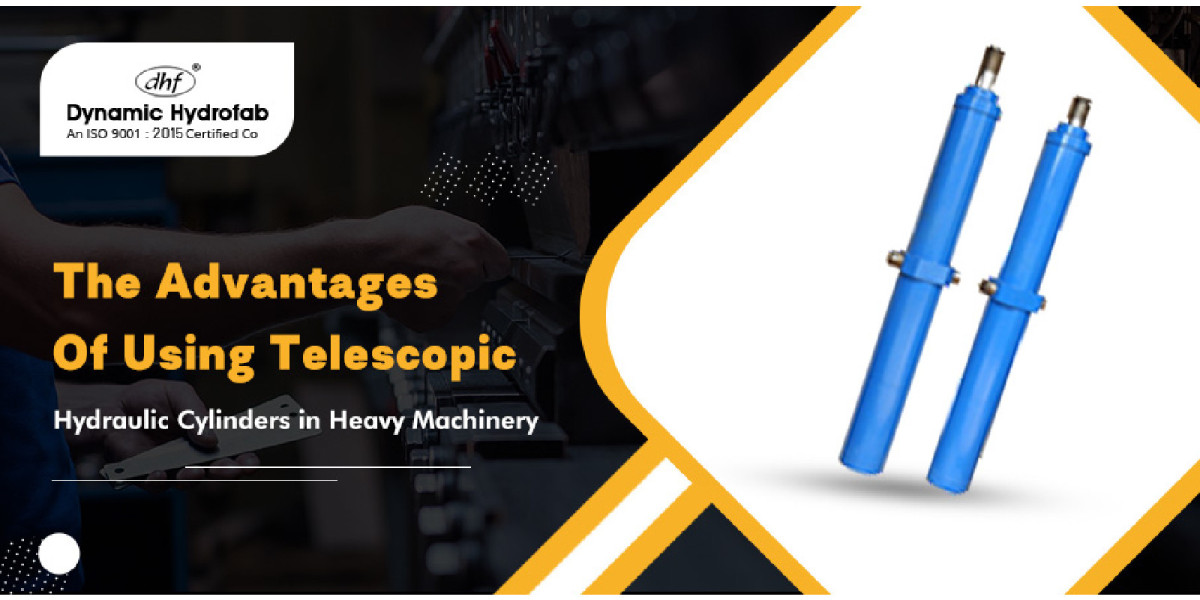Telescopic hydraulic cylinders are widely used in various fields, especially in mobile applications. The ability of this cylinder design to offer an unusually long stroke while retaining a relatively modest retracted length is its greatest advantage. When mounting space is limited and a long stroke is required, a telescopic cylinder is the solution. Depending on the number of phases, a telescopic cylinder, also recognised as a multi-stage cylinder, might have a shrunken length as short as 20% of the fully prolonged cylinder length.
Since most telescopic hydraulic cylinders are mounted on a sleeve, which represents almost 20% of the actual working length, they offer a longer working stroke. If a conventional single rod hydraulic cylinder cannot be used, a telescopic hydraulic cylinder will be preferred due to its compact size. Telescopic hydraulic cylinders operate on a similar principle as single-acting and double-acting hydraulic cylinders. The main difference between the two types is that in telescopic cylinders the piston or barrel is integrated into a compact housing with other tubes, which extend along with the extension of the main piston or barrel.
Telescopic Hydraulic Cylinder Design
The smaller part is called the rod or plunger, while the larger diameter tube is called the barrel, just like in a traditional single rod cylinder. A telescopic cylinder has one or more stages, which are nested tubes with decreasing diameter from the outer barrel. It seems that six stages is the maximum number. It is theoretically possible to create a cylinder with more stages, but stability becomes an issue. Cylinders with three or four stages are quite common.
Typically, the stages of a telescopic cylinder go from largest to smallest in size. Before the next stage moves, the largest stage will complete its travel. This continues until the cylinder reaches its fully extended length and all stages are fully stretched.
Types of Telescopic Cylinders
Single-Acting Telescopic Cylinders
The most basic and widely used design is the single-acting telescopic cylinder. It is extended by hydraulic pressure, much like a single-rod cylinder, and retracted with the aid of an external force, such as gravity. Retraction of the cylinder occurs when fluid pressure is released in the reservoir, allowing the weight of the load to overcome mechanical losses and friction. Single-acting cylinders are used where some form of load is always present, such as a dump body on a dump truck.
Double-Acting Telescopic Cylinders
A double-acting telescopic pneumatic cylinder uses hydraulic pressure to expand and retract. Although the design is more complicated than its single-acting counterpart, it is the only option in situations where control over the retraction cycle is needed or when there is no external retraction force. Trash compactors, loader/dumper trucks, and excavator shovels are examples of classic applications.
Visit Us for More Information:- https://www.dhf.in/blog/advantages-of-using-telescopic-hydraulic-cylinders-in-heavy-machinery








